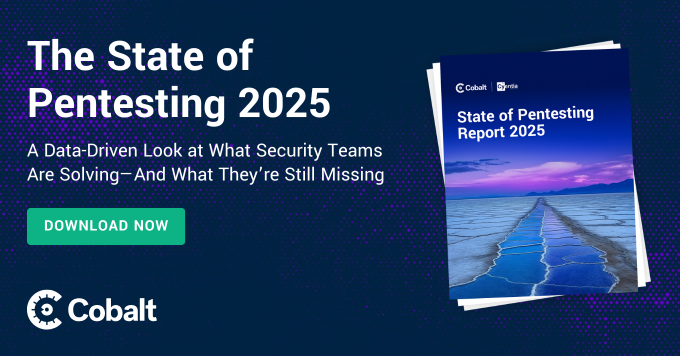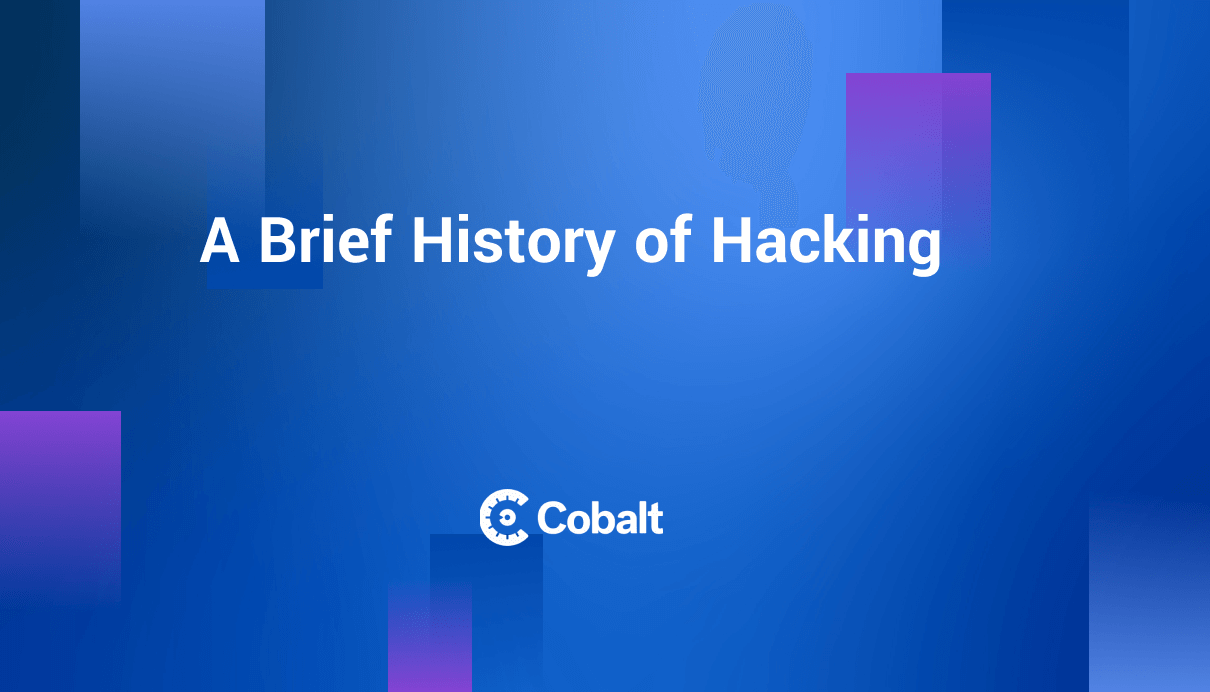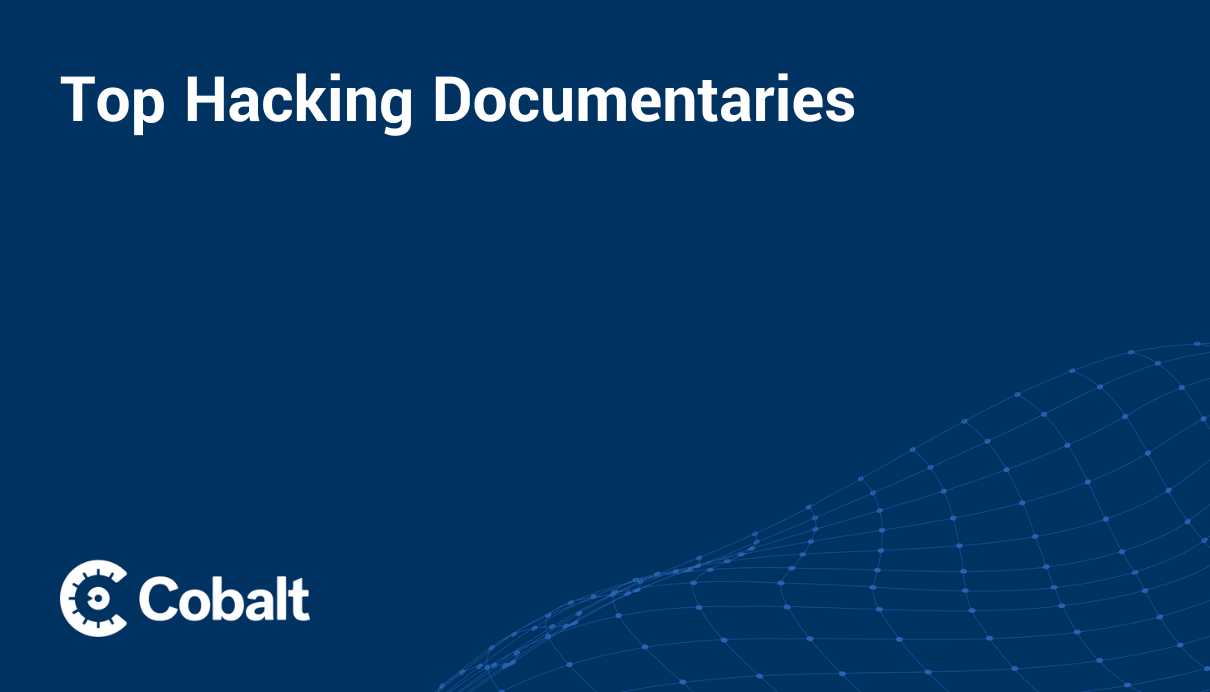For every hacker who gets caught, many more evade detection and punishment. Even some who get caught don't do jail time. In fact, some end up working in cybersecurity for law enforcement or spy agencies or starting successful technology ventures.
Here we'll cover five cases of hackers who got away with cybercrimes without doing jail time. We'll include hackers who went legit as well as others who ran criminal operations. Our examples are drawn from more famous cases, because of course, the most successful hackers who haven't been caught remain anonymous.
1. Steve Wozniak
Today Steve Wozniak is famed as one of the founders of Apple, but before he and Steve Jobs started that enterprise, their entrepreneurial career started with a hacking scheme. The son of a Lockheed engineer, Wozniak began studying computer science at the University of Colorado Boulder in 1968, and soon began hacking, ending his career at the school early. Wozniak and the university tell different sides of what happened. According to Wozniak, he was consuming so much computing time that he ran up a bill exceeding the cost of his tuition, and his professor started insisting he pay the cost, leaving him afraid to continue attending. But the university has stated that Wozniak was put on probation during his freshman year for computer pranks.
Leaving Colorado and returning to his native California, Wozniak ended up enrolling at the University of California, Berkeley in 1971. While there, his friend Bill Fernandez introduced him to Jobs, then in high school. Fernandez correctly assumed the two would get along well because of their mutual love of technology and pranks. Wozniak and Jobs soon joined forces in a scheme to sell electronic devices known as blue boxes, designed to hack into phone company networks and bypass long-distance charges.
At that time, hackers who targeted phone networks, known as phone freaks or "phreakers", used analog circuit designs to make blue boxes. Wozniak invented a digital blue box, which proved more reliable. Wozniak used his blue box for pranks such as imitating phone operators and pretending to be national security advisor Henry Kissinger placing a call to Pope Paul VI.
Jobs convinced Wozniak to sell blue boxes out of their Berkeley dorm for $150 each. Some students bought as many as 10 to 20 boxes and resold them to celebrities. Law enforcement never shut down their operation, and Jobs credited this enterprise as laying the foundation for Apple, saying, "If we hadn’t made those blue boxes, there would be no Apple." Wozniak's associate John Draper, known in the phreaking community as Captain Crunch, wasn't so fortunate in evading the law, and was arrested by the FBI in 1972 on seven counts of wire fraud. After cutting a plea deal to teach the FBI phreaking, Draper ended up working from prison for Wozniak as an Apple contractor.
2. Neal Patrick
Neal Patrick achieved celebrity status without doing jail time in 1983 after the FBI arrested other members of his pioneering hacking group, the 414s, in a case which popularized mainstream use of the term "hacker". The group took its name from an IBM-sponsored Boy Scouts program, which borrowed it from the area code of the group's hometown of Milwaukee, Wisconsin. The six members of the 414s ranged in age from 16 to 22.
After several members of the group met through the Boy Scout program, the 414s began hacking online networks in 1982, looking for video games to play. Computer security was in its infancy, and many networks effectively were unprotected. The group found it easy to break in using simple hacking techniques such as entering default passwords that network administrators had not bothered to change.
By 1983, the 414s' quest for games had escalated into breaking into more sensitive networks, including the Security Pacific National Bank in Los Angeles, Los Alamos National Laboratory, and the Memorial Sloan Kettering Cancer Center. The hackers accidentally deleted records from Memorial Sloan Kettering's database, and a network administrator alerted the FBI. The Bureau placed wiretaps and traced the group's phone calls back to the 414 area code, and agents were soon knocking on their doors.
No laws against hacking were in place at the time, so several members of the group were charged with making harassing telephone calls, which carried a penalty of two years of probation and a $500 fine. However, charges were eventually expunged in exchange for an agreement to stop hacking and make restitution.
Patrick was only 17, so he was not subject to prosecution and took the opportunity to become the media face of the 414s. He appeared on popular TV shows such as CBS Morning News and on the cover of Newsweek, which introduced the term "hacking" to pop culture. Later that month, Patrick testified to Congress about hacking risks, triggering the passage of early legislation against cybercrime.
3. Kim Dotcom
Born Kim Schmitz, Kim Dotcom has managed to remain a criminal celebrity while so far avoiding actual jail time despite numerous arrests, convictions, and extradition efforts. Kim Dotcom emerged on the hacking scene under the pseudonym "Kimble" in the early 1990s when he set up a bulletin board for pirated content called House of Coolness. The board served as a venue for him to sell fake phone call cards to hackers who wanted to avoid charges when using modems to dial in and exchange illegal content. He also profited by providing a party line for callers and charging by the minute.
In 1993, House of Coolness was accessed by a police informant. Police initially wanted to confiscate the bulletin board and its content to build a copyright infringement case, but they soon discovered counterfeit phone numbers and credit cards, along with counterfeit card manufacturing machines. Consequently, Kim Dotcom was arrested for the first time in 1994. Seeking to avoid heavy fines and jail time, he turned informant himself and served only a month in custody.
With most hackers unaware of his treachery, Kim Dotcom was able to continue making a name for himself as a hacker and internet entrepreneur. Using a phony device to gain credibility, he announced to the hacking community that he had discovered a way to penetrate mobile phone networks, then offered his services to T-Mobile as a cybersecurity consultant. He began conning companies into paying for fake pentests of their networks. German media showered him with coverage, enabling him to build a reputation as a hacker turned legitimate businessman.
Arrested again in 1998 for hacking bank networks and stealing credit card numbers, Kimdotcom was convicted of fraud and espionage. But he convinced the judge that he had engaged in "youthful foolishness" and got off with a two-year suspended sentence.
In 2001, Kimdotcom continued to expand his criminal enterprises by announcing that he would invest in a bankrupt ecommerce company, Letsbuyit.com. Stocks rose with the announcement, earning Kimdotcom a hefty profit, but he never made the actual investment. He was arrested again for insider trading and placed on parole.
Seeking to evade authorities, Kimddotcom left Germany and began operating as an international fugitive, relocating to Thailand, then Hong Kong, and finally New Zealand. He continued accumulating a growing range of new charges in multiple countries, including copyright infringement, embezzlement, money laundering, and racketeering. Despite multiple deportations and arrests, he received suspended sentences and remained at large, cultivating political influence in New Zealand and opening new business ventures. After a decade of legal battles, the New Zealand government finally approved his extradition to the U.S. in August 2024.
But prior to the extradition taking effect, Kimdotcom's X account posted that he had suffered a "serious stroke". His attorney announced that he was expected to remain hospitalized for some time. Kimdotcom followed up by posting pictures of himself in a wheelchair. As of June 2025, he was still living in a mansion in New Zealand, saying that his health was "taking time but getting there".
4. Dylan Wheeler
Australian hacker Dylan Wheeler, named as D.W. in U.S. court documents, remains the only unindicted member of the hacking group known as Xbox Underground. Composed of members from the U.S., Canada, and Australia, the group took its name from hacking Microsoft's network repeatedly between 2011 and 2013 to steal intellectual property and data related to the unreleased Xbox One. According to the indictment, the hackers relied on SQL injections and malware to penetrate target networks. The attacks on Microsoft included theft of employee legal and financial data. They culminated in a physical break-in to Microsoft's facilities to steal three Xbox One consoles.
In addition to hacking Microsoft's networks, Xbox Underground hacked Zombie Studios and stole Apache helicopter flight simulator software used by the U.S. military. Group members boasted to one another of hacking the U.S. and Australian military, Intel, AMD, Nvidia, Google, Microsoft, Disney, and Warner Brothers. In the process of hacking Zombie Studios, Wheeler stole employee data and began opening credit cards in employees' names.
Wheeler and other members of the group grew increasingly bold and careless at covering their tracks. In July 2012, they sold a copy of an Xbox One console to a middleman who was an FBI informant, and the end customer never received the console, generating complaints. Wheeler then tried to rig an eBay auction for more knockoff consoles by driving the price up, attracting fraud suspicions from eBay.
Wheeler's accomplices became concerned about his reckless behavior and broke off contact with him, but it was too late. The FBI raided the New Jersey home of his accomplice Sanadodeh Nesheiwat, prompting Wheeler to threaten to hire a hit man to kill the judge who issued the warrant. Wheeler's threats accelerated law enforcement action against the group, and they raided his Australian home and moved in on his accomplices, but without arresting him. By 2014, the FBI had arrested most of the group, but Wheeler was still 17 and was charged in children's court in Australia.
After three years of unresolved legal maneuverings and additional charges, including possession of drugs, child pornography, and weapons, Wheeler fled Australia with the assistance of his mother, who was subsequently arrested. Escaping to Dubai, he relocated to the Czech Republic, where he held citizenship, preventing extradition. He remains at large, frequently attending cybersecurity conferences in London.
5. Mirai Botnet Creators: Paras Jha, Josiah White, Dalton Norman
The Mirai botnet devastated Internet of Things networks in 2016, but its creators never faced justice despite being arrested. First reported in August 2016, Mirai used a self-propagating worm to locate, compromise, and attack vulnerable devices. Its creators initially used it to launch distributed denial of service (DDoS) attacks on Minecraft servers and their security providers for purposes of promoting clickfraud. In the process, Mirai attacked the security site Krebs on Security and European hosting provider OVH with an unprecedented volume of attacks.
Copycat variants of Mirai soon emerged, wreaking havoc on the Internet. DNS servers were hit, along with sites such as GitHub, Twitter, Reddit, Amazon, and Netflix, as well as telecommunications providers. One Internet service provider paid an attacker to use Mirai to take down rival company Lonestar, Liberia's largest telecommunications provider. This preceded a similar attack on Deutsche Telekom, Germany's largest Internet provider.
Brian Krebs, namesake of Mirai target Krebs on Security, began a quest to identify the attackers. By January 2017, he had pointed authorities toward Paras Jha, a student at Rutgers University, which had been hit by similar DDoS attacks between 2014 and 2016 in retaliation for tuition increases. Jha initially denied responsibility, but following FBI questioning, he confessed and entered a plea bargain, along with his accomplices Josiah White and Dalton Norman. The trio escaped jail time by agreeing to assist government cybercrime investigators, getting off with probation and community service.
Catch Attackers with Cobalt Pentesting
For every hacker that gets caught, many more remain undetected. Could lurking cybercriminals be targeting your networks or applications? Penetration testing can help you discover vulnerabilities and protect your systems before attackers exploit loopholes in them. Contact us to discuss how our pentesting services can help you protect your network and prevent your brand from becoming part of the next cybercrime story.










